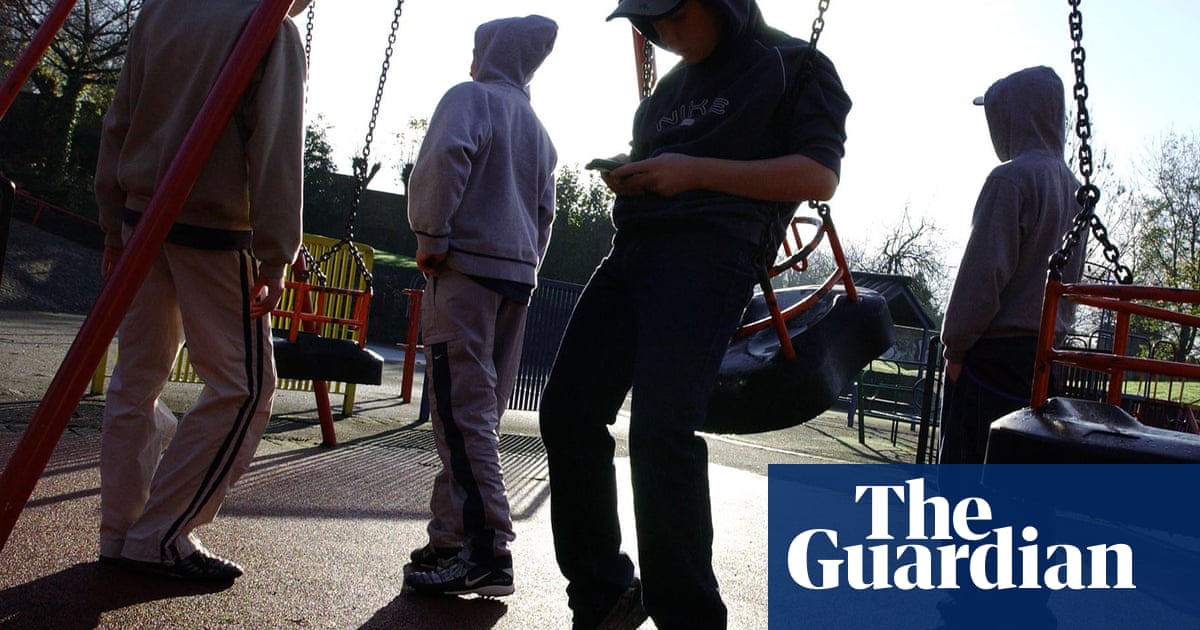The Labour government is spending less on youth work inEnglandthan the Conservatives did after a decade of cuts, despite the prime minister’s commitment to “backing young people”, analysis has found.
The UK’s biggest youth work charity said “warm words won’t pay for youth workers” as it called on the government to urgently increase spending on a sector that has been “decimated” by austerity.
“This should be a moment to turn the tide on one and a half decades of underinvestment,” said Vicky Browning, the chief executive of UK Youth. “TheLabourgovernment does seem committed to young people, but there’s no investment in youth work to match. They’ve got to back up those words with funding that at the very least matches what the previous government was putting in.”
The charity’s analysis found that in the 2021 spending review and its subsequent national youth guarantee, the Conservative government committed £191.8m to youth programmes including theYouth Investment Fund(YIF) and the now closedNational Citizen Service.
By contrast, the Labour government has announced £146.5m for youth programmes, including £79.4m of previously allocated funding for the YIF.
The culture secretary, Lisa Nandy, has described youth work cuts as a “source of national shame” as she promised a national youth strategy would be published this summer off the back ofa “national listening exercise”.
Browning said the strategy should be a turning point for youth work but warned that “if it’s not funded to be able to deliver genuine change, it’s not worth having”.
Those working in the sector warned that while waiting for more action from the government, youth centres were closing down and jobs were being lost.
“There is such a struggle for funding – 70% of my time is spent sourcing funds to literally keep the doors open. It’s really difficult,” said Debbie Jones, the chief executive of the Corner House Youth Project in Stockton-on-Tees, County Durham.
“It’s a constant hamster wheel of money from short-term pots, and we will have to close if we don’t get that. There’s a lot of talk at the moment about a national youth strategy but I think the proof is in the pudding and we’re still waiting to see what that will look like in action.”
The number of local authority-run youth centres in England almost halved between 2012 and 2023, as council spending on youth work reduced by 75%, and about 4,500 youth workers have been lost.
Kat Ager, the chief executive of Oasis Community Partnerships, a charity that works with young people, said: “A year ago, we started hearing some really positive things from government. We’ve had announcements but they haven’t resulted in any new funding.
“We’re trying to remain hopeful that there will be something coming, but we’re aware of the restrictions on the Treasury and budget so it’s getting harder to stay hopeful.”
In recent weeks, the prime minister has said he is “backing Britain’s young people”. He alsospoke out after the release of the Netflix drama Adolescenceto say the risk to young people outside had been “overtaken by a greater danger, which is what’s happening in the home […] in the places where they’re on their own”.
A recentreport from the Institute for Fiscal Studiesfound that teenagers in areas affected by youth club closures performed almost 4% worse in high school exams, and youths aged 10 to 17 became 14% more likely to commit crimes.
Ager said she had been at events where young people had been asked to speak to ministers about their experiences, but they had yet to materialise in any real change. “There was this energy and excitement of being in parliament and feeling heard, but then you don’t get anything afterwards and for the young people that feels really discouraging,” she said.
In its election manifesto, the government committed £95m to the rollout ofYoung Futures hubs, staffed by youth workers, mental health support workers and careers advisers, but details of this project have yet to be published.
A spokesperson for the Department for Culture, Media and Sport said: “Youth services are crucial to helpingyoung people live safe and healthy lives. That is why we are investing £145m in youth programmes for 2025-26, which is consistent with funding for 24-25 and provides stability for the sector.
“We have just completed one of the most ambitious listening exercises in a generation to inform a new national youth strategy that will be published later this year. This ensures that young people have a genuine voice and opportunity to shape the policies that affect their lives.”
